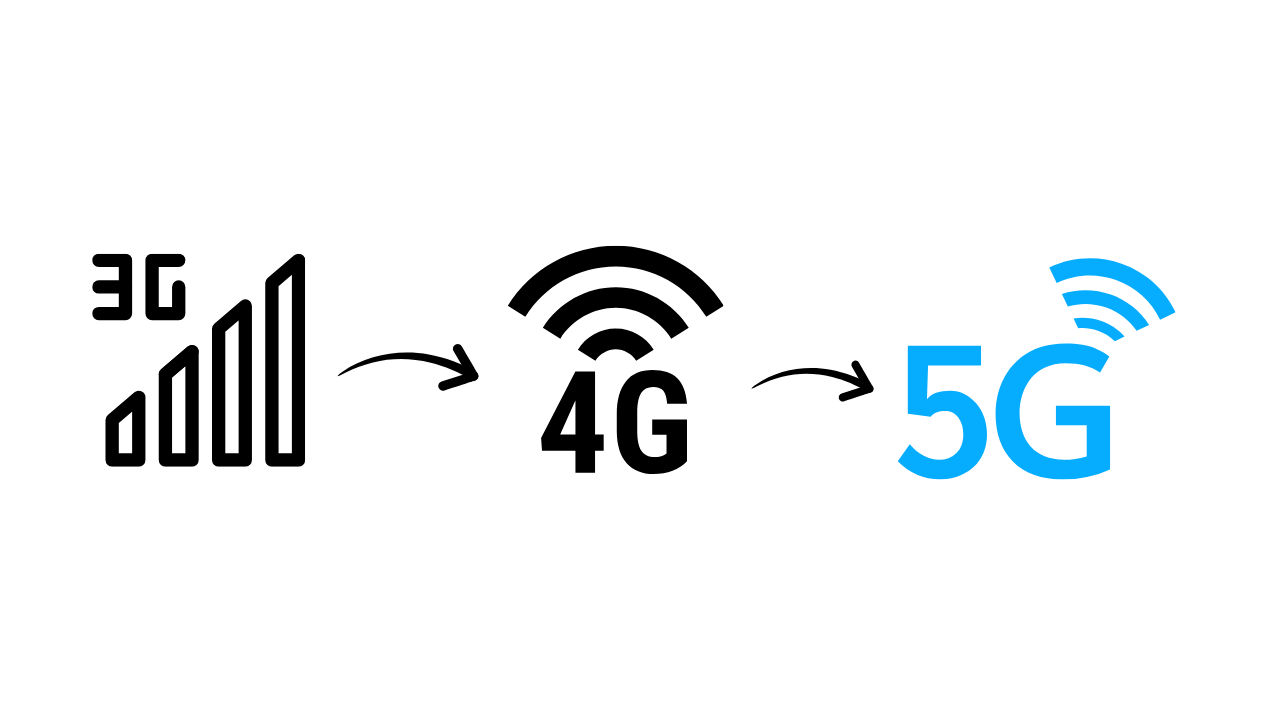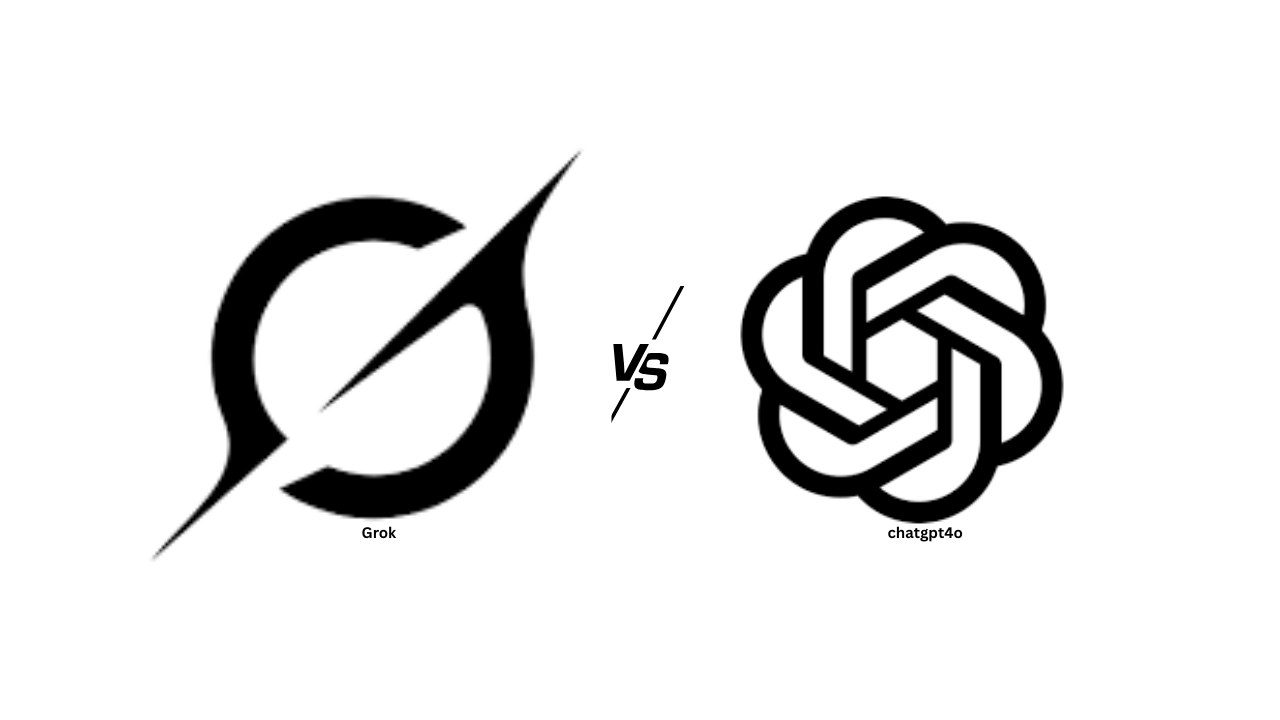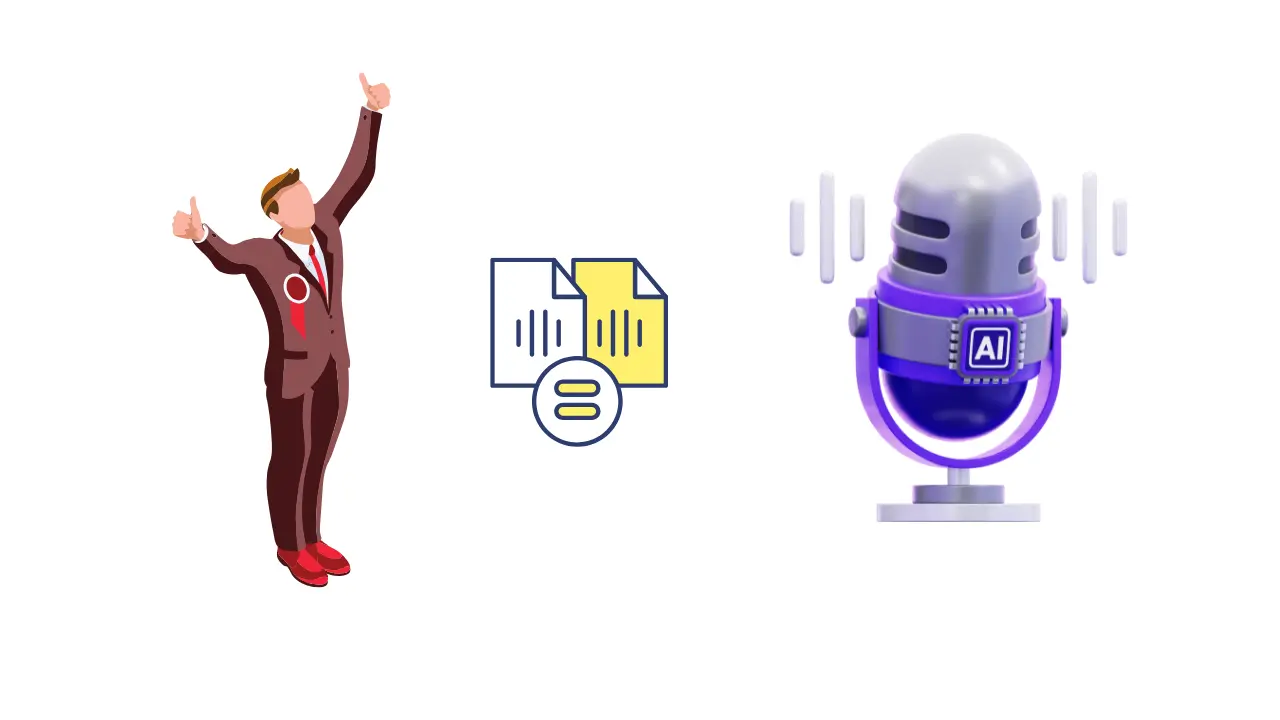In today’s hyper-connected world, you’ve likely heard the terms 3G, 4G, and 5G thrown around when talking about mobile internet. But what do they actually mean—and how do they differ? If you’re wondering what is 3G, 4G, and 5G, this blogpost breaks it all down in simple terms, helping you understand how mobile networks evolved, what each generation offers, and whether the shift to 5G is really worth it.
What is 3G?
When 3G first rolled out in the early 2000s, it completely changed how people used their phones. Before that, mobile phones were mainly just for calling and texting. Internet access on older networks was either painfully slow or not even an option.
But with 3G, for the first time, people could actually browse the web, send emails, download apps, and even make video calls—all from their phones. It made the idea of using the internet while on the go feel normal, opening the door for smartphones to become what they are today.
Sure, if you compare it to today’s speeds, 3G might seem slow—usually topping out around 2 Mbps. But back then, it felt fast and incredibly useful.
It made things like social media, online maps, and mobile apps possible for millions of people around the world. In places where home internet wasn’t reliable or available, 3G gave users a lifeline to the digital world.
Even though it’s now being replaced by newer, faster networks like 4G and 5G, 3G was the stepping stone that helped shape the mobile internet experience we rely on every day.
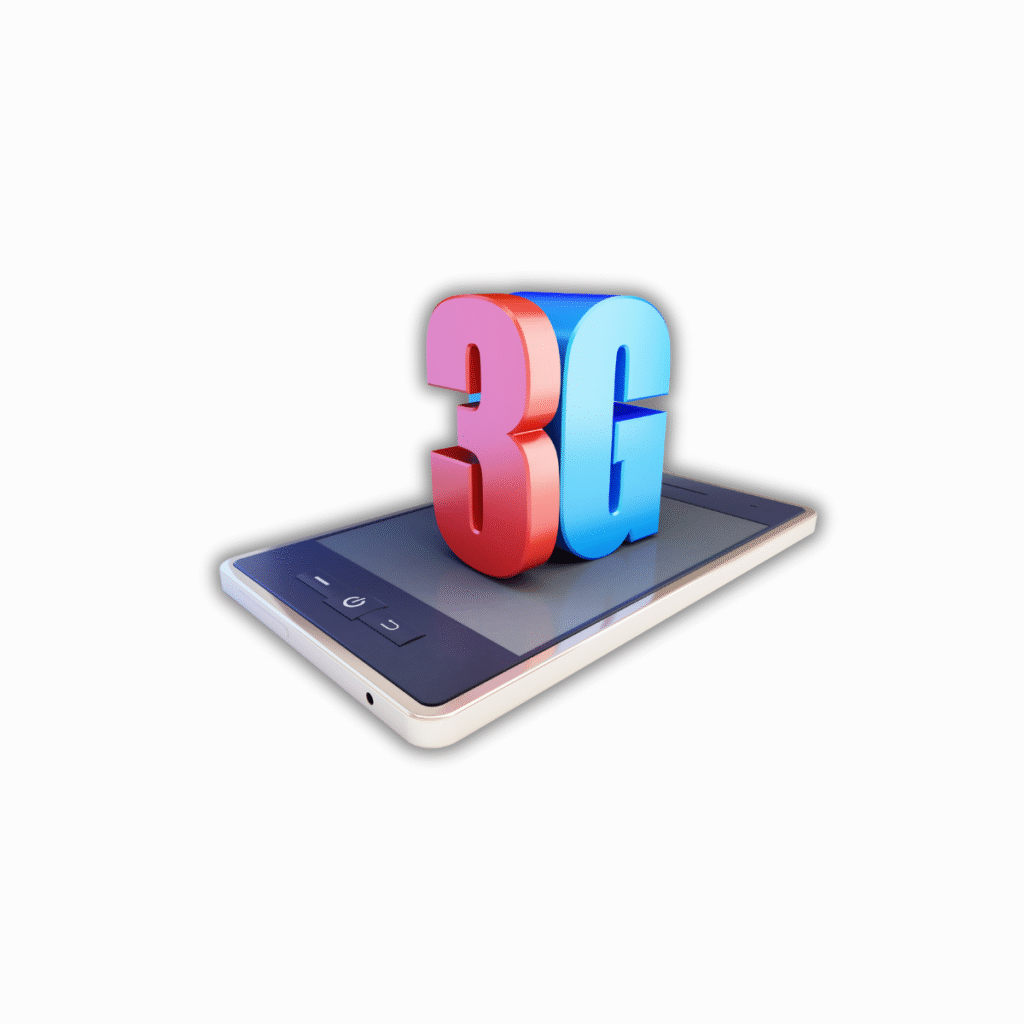
What is 4G?
Once 3G introduced the idea of mobile internet, 4G stepped in and made it significantly faster and more reliable. Introduced around 2009, 4G made everything online faster and smoother—from streaming HD videos and playing mobile games to using GPS in real time.
For the first time, people could watch YouTube without constant buffering, scroll through social media without delays, and enjoy video calls that didn’t freeze every few seconds. It turned mobile devices into full-blown internet hubs, giving users a more seamless online experience, even while traveling or on the move.
What really made 4G stand out was its speed. It was much faster than 3G, with real-world speeds often ranging between 20 and 100 Mbps, depending on the network and location.
That boost in performance made it possible for mobile apps to grow more powerful and reliable. It also set the stage for ride-sharing apps, live-streaming, mobile banking, and other everyday services we now take for granted.
Even though 5G is starting to take over, 4G is still widely used around the world and remains reliable for most people’s daily needs. It was the upgrade that truly turned smartphones into the essential tools we rely on today.
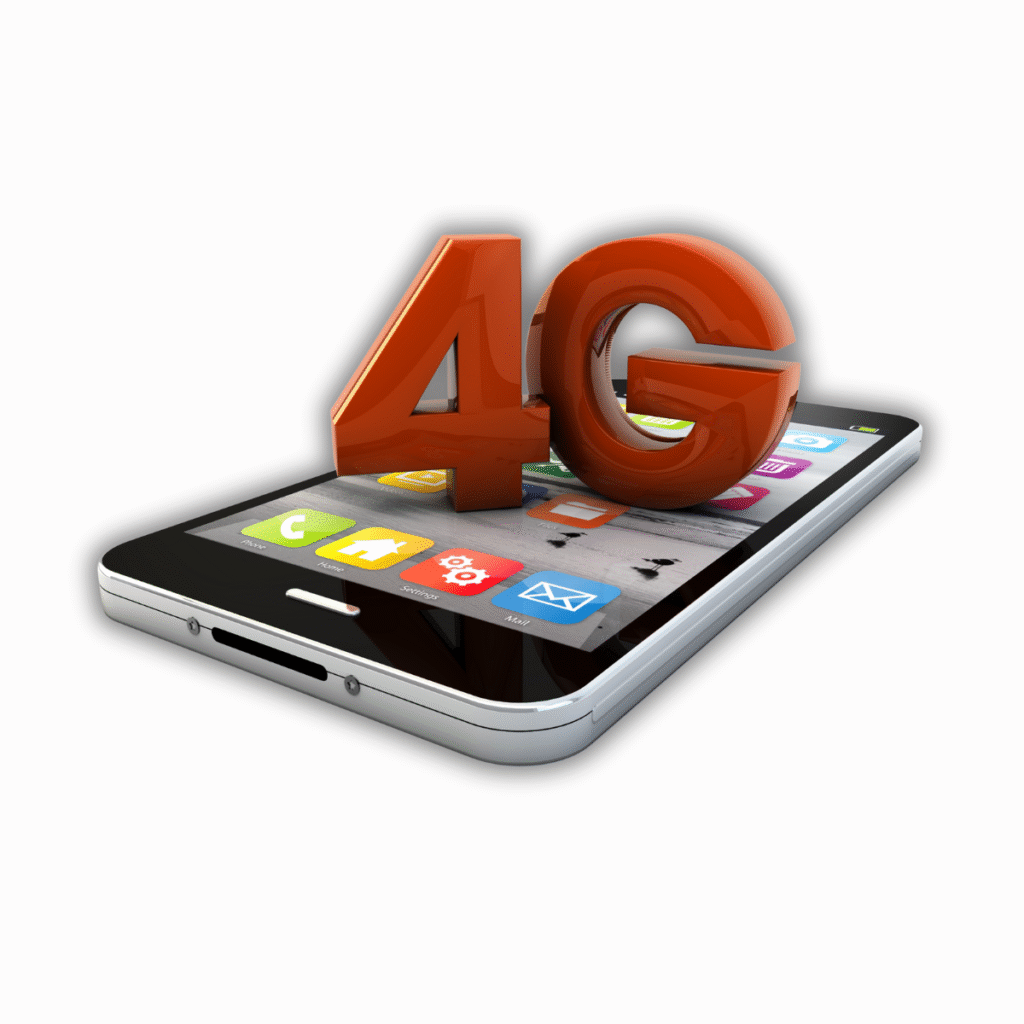
What is 5G?
5G is the latest generation of mobile networks, and it’s designed to do a lot more than just speed up your internet. While 4G gave us fast downloads and smooth video streaming, 5G takes things further by offering lightning-fast speeds, lower delays (called latency), and the ability to connect more devices at once.
That means not only faster loading times for videos and apps, but also more reliable connections for things like smart homes, self-driving cars, and even medical devices. It’s a big step forward in how we use technology—not just on our phones, but across entire industries.
In real-world conditions, 5G can deliver speeds several times faster than 4G, often reaching 300 Mbps or more, and in some cases even over 1 Gbps.
But speed isn’t the only advantage. With its near-instant responsiveness, 5G opens up new possibilities like real-time gaming, remote surgery, and smoother experiences in virtual and augmented reality. It’s not available everywhere just yet, but coverage is growing fast.
As more people upgrade to 5G-capable phones and more areas roll out support, it’s quickly becoming the new standard for mobile connectivity.
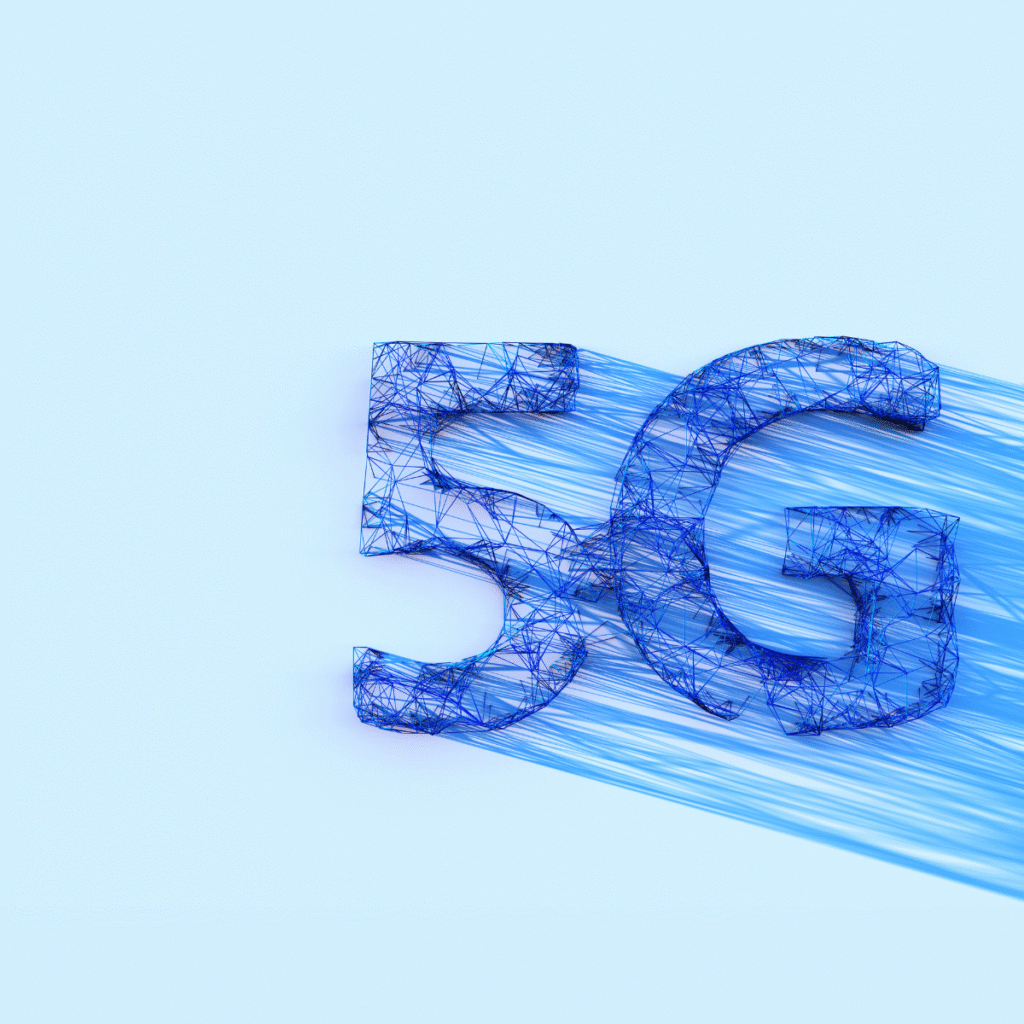
How Much Faster is 5G Than 4G?
If you’ve ever wondered whether 5G is actually faster than 4G, the short answer is yes—and not just by a little. Think of it this way: 4G gave us enough speed to comfortably watch Netflix, scroll through social media, and play games without much trouble.
But 5G takes that and cranks it way up. On a typical 4G connection, you might get speeds anywhere from 20 to 100 Mbps. With 5G, you could be looking at 300 Mbps—or even over 1,000 Mbps (that’s 1 Gbps) if the conditions are right.
But speed isn’t the only thing that makes 5G better. It’s also about how quickly your device can connect to the internet, that is known as latency.
With 5G, that lag is almost gone, making everything from live gaming to video calls feel more instant and responsive.
So whether you’re downloading a movie in seconds or attending a meeting on the go, 5G gives you a noticeably smoother experience. It’s more than just faster—it’s a big leap forward in how we stay connected.
What’s 5G+ (or 5G Plus)?
You’ve probably come across terms like 5G+, 5G Plus, or even Ultra Wideband while looking at mobile plans or phone specs—and it can be a little confusing.
To conclude in one line, 5G+ is a more advanced version of standard 5G. It runs on higher-frequency bands, which means it can deliver much faster speeds and lower lag compared to regular 5G.
So if basic 5G is already fast, 5G+ is like the high-performance version built for speed and power.
The catch? 5G+ doesn’t reach as far as regular 5G. These ultra-fast signals don’t travel well through walls or long distances, which is why you’ll mostly find 5G+ in busy places like stadiums, airports, or city centers where there are a lot of people and heavy data usage.
If your phone shows “5G+” or “5G UW,” it means you’re getting the best possible version of 5G—at least for that moment, in that location. As networks expand and improve, 5G+ will become more common, bringing even faster and more reliable connections to more places.
Is 5G Worth It?
Whether or not 5G is worth it really depends on how you use your phone and where you live. If you’re someone who streams a lot of videos, plays online games, or works remotely and relies on fast, stable internet on the go, then 5G can be a great upgrade.
It offers noticeably faster download speeds and smoother performance, especially in areas with strong coverage. For tech enthusiasts or people who want a more future-proof device, switching to a 5G phone makes a lot of sense.
On the other hand, if you mostly use your phone for texting, calling, and light browsing—or if you live in an area where 5G isn’t widely available yet—you might not notice a huge difference right away.
In that case, 4G can still handle your daily tasks just fine. So, is 5G worth it? For many people, yes—but it also depends on your needs, location, and how much value you place on having the fastest possible connection. As coverage improves, though, 5G will become the standard, not just a luxury.
Conclusion:
Understanding the difference between 3G, 4G, and 5G isn’t just for tech enthusiasts—it can actually help you make smarter choices when it comes to your phone, your data plan, and how you stay connected day to day.
Each generation has played a key role in shaping the way we use mobile devices, and now with 5G on the rise, we’re entering a whole new phase of speed and connectivity.
Whether you’ve been curious about 5G+, wondering how fast 5G really is, or asking yourself if it’s worth the upgrade, you now have a clearer picture of what each network offers.
And if you’re planning to buy a new phone in 2025, going with a 5G-ready device is a smart move—it’ll keep you ahead as technology continues to evolve.

